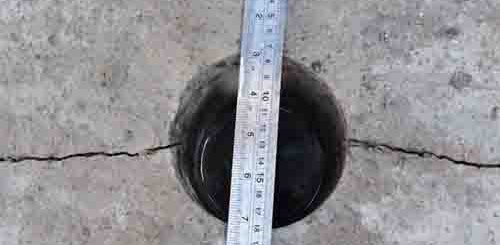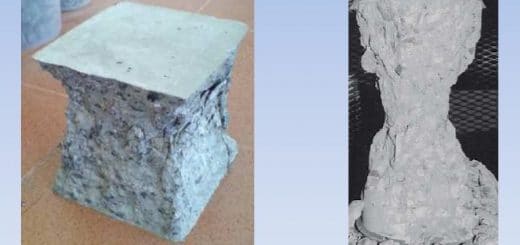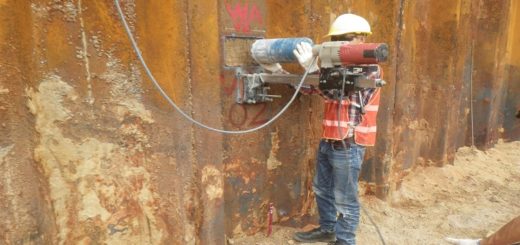Concrete Chloride Testing
Concrete Chloride Testing is done to know the chloride content in the concrete. Let’s discuss, how it is done and its effects.
The presence of the chloride in the concrete has an impact on the durability of the structures.
Therefore, it is advisable to avoid the chloride penetration into the concrete by taking necessary action to avoid corrosion of the reinforcements.
However, we can not completely stop chloride contacting the concrete structures as if it to be built in such an environment unless the construction is shifted to a different location, which is impractical.
The following reasons could lead to chloride entering into the concrete.
- Structure exposed to seawater
- Use sea sand for construction (chloride content greater than allowed)
- Use water contaminated with seawater for construction
- Use of additives containing Calcium Chloride
- Humidity, alternate wetting and drying
- Exposed to higher temperatures; concrete could crack
Sence the structures cannot be built away from the environment that contains the Chloride, preventive measures shall be taken to avoid the Chloride entering into the concrete.
Thus, the corrosion of the reinforcement could be able to avoid or the durability of the structure can be increased. The following actions could be considered.
- Concrete cover can be increased based on the exposure conditions. Depending on the exposure class the cover to the can be obtained. Specific values are available with all the design standards.
- As recommended by the standards, higher grades of concrete could be used. With the increase of the grade of the concrete, the durability of the structure is increasing. Further, the porosity of the concrete also will reduce as there is more cement for reactions. Special attention shall be made when the grade of the concrete is increased especially thicker concrete is to be poured. Crack width calculation shall be done to check whether it has met the specified limits. When the higher grade of concrete is used, the heat of hydration increases and it will lead to cracking of the structure if it is not controlled correctly. The article Early Age Temperature of Concrete could be referred for more information on this subject.
- Special coatings could be applied to the reinforcement bar as additional protection. This method will have an additional cost to the project. But it is advisable to avoid the corrosion of reinforcement as if corroded, it will incur a very high cost to rectify.
Testing of Chloride Content
The testing of the chloride content of reinforced concrete is done as stipulated in BS1881.
When the structures are retrofitted, this issue is the rise and the requirement of the testing of chloride becomes a must with the exposure condition that the structure is located.
Based on the content of the chloride some assessments can be made as to how it has affected the reinforcements.
Whether to use the existing reinforcement or it is required to have some support to enhance the structural capacity could be decided based on the facts found in the testing.



